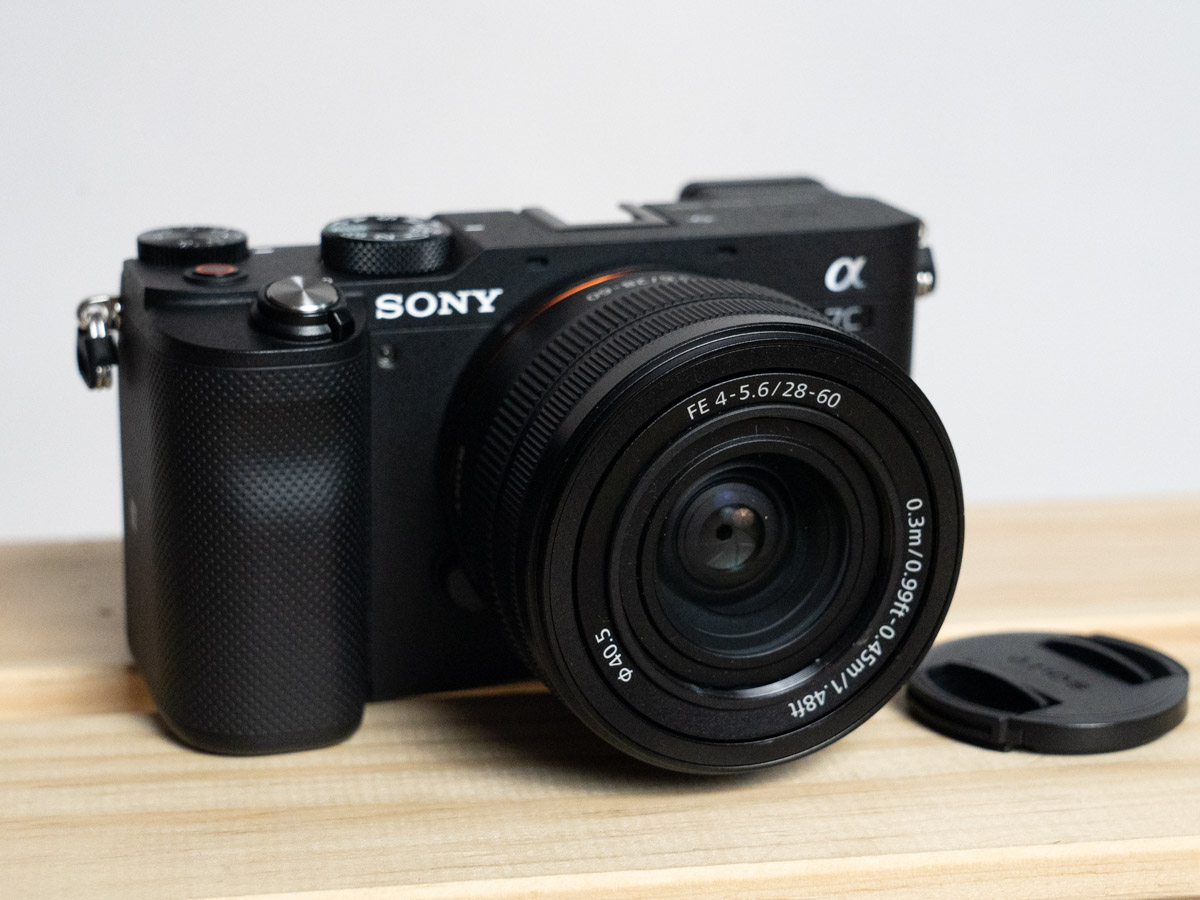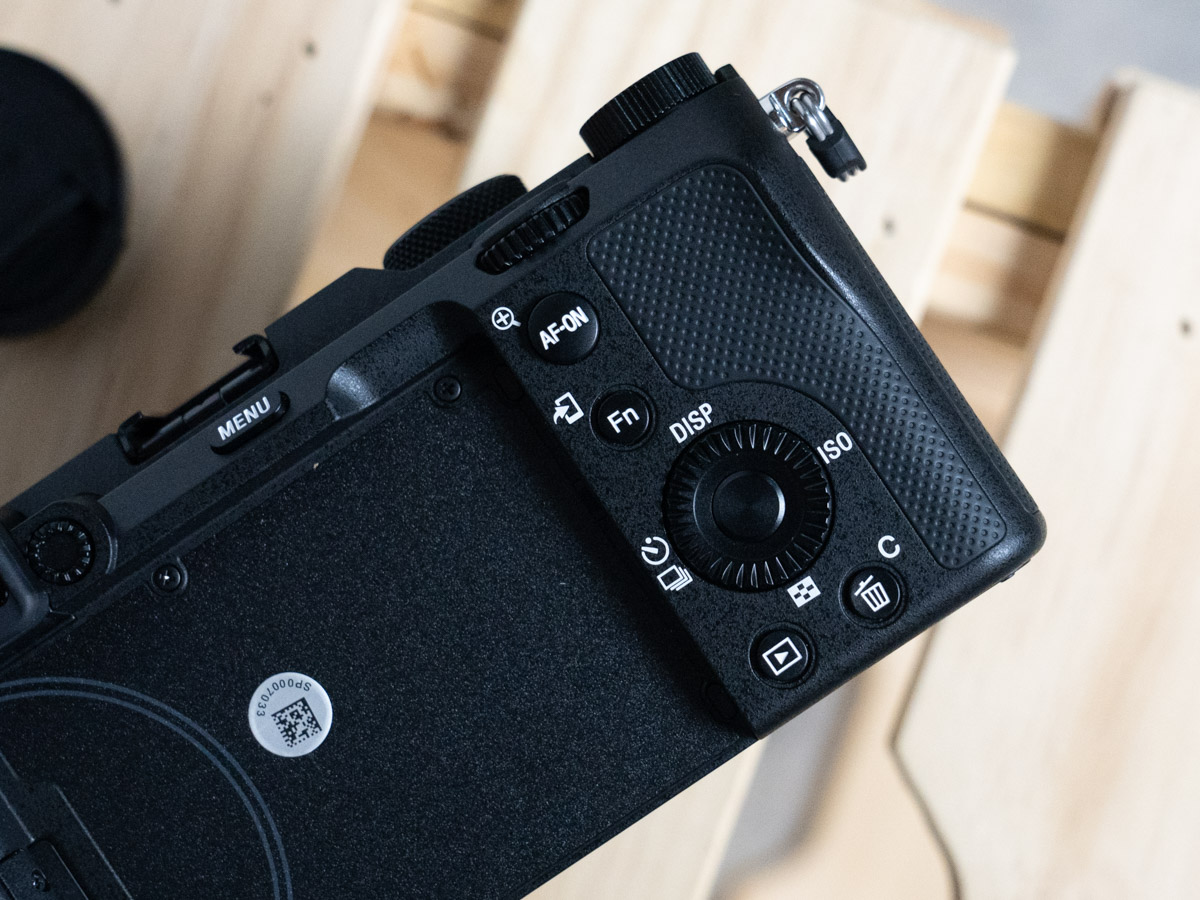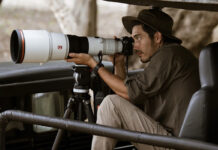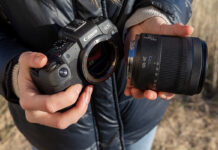
When it comes to mirrorless cameras Sony is on hot streak right now. Having released the ZV-1, a dedicated vlogging camera, and the spectacular A7S III recently, they are back at it again with the brand new A7C, a camera that draws heavily on the feature set of the very popular A7 III. The ‘C’ stands for ‘compact’ and according to Sony this is the ‘world’s smallest and lightest full-frame interchangeable-lens digital camera with optical in-body image stabilization’.
The headline specs of the A7C
The A7C carries a 24.2 megapixel full-frame sensor capable of shooting up up to 10 frames per second. It has a native ISO range of 100-51200, extendable to 50–204800. It comes with a bevy of autofocus functions including human and animal face detection, and also eye detection. It also has something called ‘4D FOCUS’ which uses a predictive algorithm to track moving objects (the fourth dimension being time). It shoots 4k video and full HD video at up to 120 fps for sweet slo-mo shots.

The ergonomics of the Sony A7C
As I mentioned earlier, the A7C shares a lot in common with the A7 III in terms of functionality, but the real differences are in the ergonomics and layout. The A7C is noticeably smaller than the A7 III, to the point where I find it a little too small in my hand. I wanted to have a better grip with my right hand where unfortunately my pinky finger is useless and my ring finger is struggling to do much better. I would prefer if the camera was a little taller and narrower (front to back), but I believe that there may be limits in terms of how narrow it is possible to make a full-frame camera, due to something called ‘physics’. That aside, Sony has removed the custom buttons from the A7C and also the front dial. Where the A7 III has a dial for shutter speed, aperture and ISO, the A7C uses the single dial on top for shutter speed, and the jog wheel at the back for aperture. You can also change the ISO using the jog wheel. I actually found that controlling both the aperture and the ISO this way not a problem at all. The A7C has just one memory card slot, where the A7 III has two. Again, not a huge problem, particularly as you can get very large capacity cards nowadays.

Fully-rotatable LCD screen
There are a couple of plus factors the A7C holds over the A7 III. First of all, there is a dedicated video record button on top of the A7C, which I found really easy to access. Secondly, Sony has integrated a forward-facing LCD screen into the A7C, in line with the ZV-1 and the A7S III. This will be much appreciated by vloggers who need to be able to compose their shots while they’re in front of the camera. Indeed I found it super handy while I was shooting my review of the new DJI RSC2!
I’ve been an advocate for this kind of fully-rotatable LCD screen for a while now, but now that they’re becoming more pervasive, I’ve finally discovered the downside. A lot of street photographers like to shoot ‘from the hip’, as in, with the camera held at a low angle. In order to do this with the A7C, you need to rotate the screen out towards the side (see photo below) and then upwards. The problem I have is that the screen is now no longer in line with the lens, and I personally find this a little bit disconcerting. For me, it somehow makes the process of composing images a little bit less intuitive. Now my usual solution to a problem like this is to use the viewfinder (in fact this is always my preferred option when shooting stills), but unfortunately the A7C is equipped with a small 1 cm viewfinder, as compared to a 1.3 cm viewfinder on the A7 III. This shortcoming is somewhat exacerbated by the lack of a proper eye cup.

No new menu system
When I heard the A7C was winging it’s way to my welcoming hands, I crossed my fingers and toes in the hopes that it would have the new menu system that was unveiled in the recently released A7S III. No such luck I’m afraid. I’ve criticized the standard Sony menu system many times for being both unintuitive and poorly laid out. I’m not sure why Sony went to the trouble of creating a new menu system, which is absolutely brilliant, and chose not to include on all of their latest models. Seems like a bit of a missed opportunity.
New kit lens
The A7C comes with a brand new 28-60mm f/4-5.6 lens which has been specifically designed to reinforce the whole compact theme. It actually has a resting position which ensures it is as unobtrusive as possible. When you want to shoot you need to rotate the zoom ring in order to extend the inner barrel to the 28mm focal length. I’m not always a huge fan of kit lenses, but I think that this is a decent all-round lens. My biggest gripe is that relatively narrow maximum aperture of f/4-5.6 which makes it hard to create those beautifully blurred out backgrounds that portrait photographers love. As a street photography lens though, I think you could have plenty of fun with it.
Conclusion
While there are a couple of downsides to the A7C, I accept that these are a result of trying to create a truly compact full-frame mirrorless camera for those who want all the advantages of that full-frame sensor in the smallest possible body. All in all I think this is another great camera by Sony, and perhaps my expectations were a little inflated as a result of a recent string of great camera releases from a manufacturer who has the mirrorless segment pretty much in a choke hold right now.



